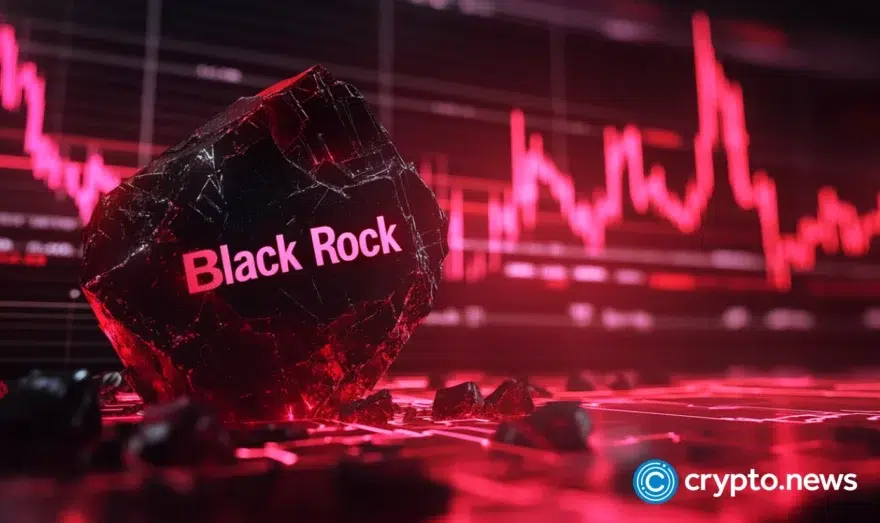Telegram rolls out TON-based revenue sharing system

The Telegram messenger has unveiled a new revenue sharing system that allows channels’ owners to get 50% of revenue from ads displayed on their channels.
In a blog post on Mar. 31, Telegram announced the launch of a new revenue sharing program that aims to bolster its platform’s appeal to content creators.
Described as the “most generous reward systems in the history of social media,” the program allocates 50% of the revenue from ads in Toncoin (TON) to channel owners hosting ads.
Effective immediately, public channel owners with a minimum of 1,000 subscribers are eligible to receive the 50% revenue share from ads displayed within their channels. The blog post outlines that these funds can be withdrawn without any fees or reinvested into various Telegram features such as ads, collectible usernames, or Premium giveaways.
Telegram says the initiative was made possible thanks to a “new type of ads,” which users can purchase using TON. However, it’s unclear whether the revenue sharing applies only to TON-purchased ads or extends to advertisements bought using fiat currency as well. According to the blog post, TON-purchased ads are not displayed in random channels, which is why their buyers would have to choose the “exact channels where you’d like it to appear.”
“Telegram ads are not based on user data. They depend only on the channel in which you see them – and they directly benefit channel owners.”
Telegram
Following the announcement, TON’s price soared by more than 5% to $5.48 before retracting to $5.1, according to CoinMarketCap data. In late February, crypto.news reported that Telegram would cap its Toncoin holdings at 10% to address concerns regarding the potential concentration of the tokens within its ecosystem.
In a post on his channel, Telegram co-founder Pavel Durov acknowledged the community’s worries about the company holding “an unhealthy share of Toncoin” due to advertisement sales made exclusively for TON. To mitigate concentration risks, Telegram plans to sell its surplus TON holdings to long-term investors at a discounted rate, under a lockup and vesting plan ranging from one to four years.













